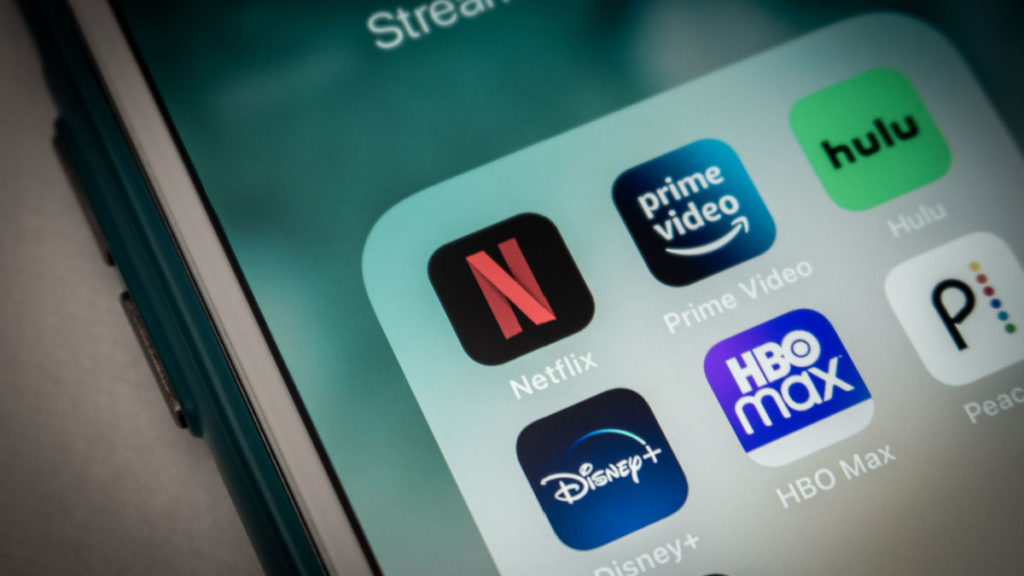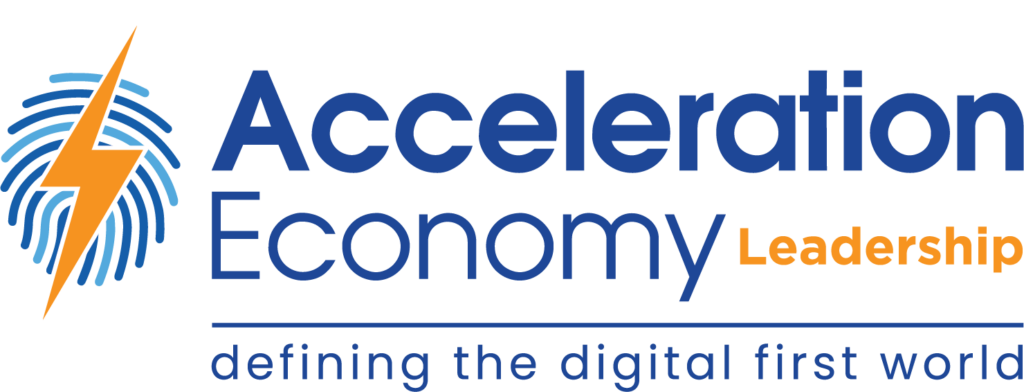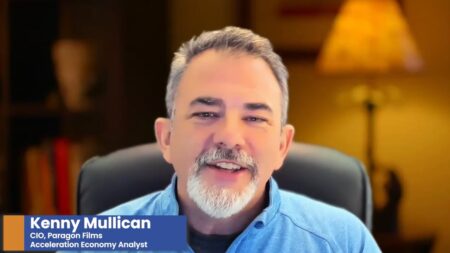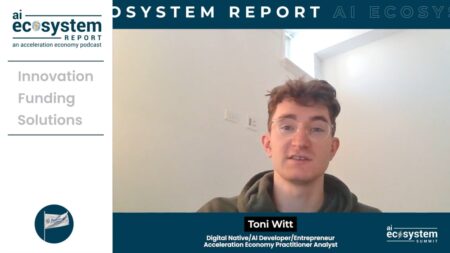Under CEO Bob Iger’s leadership, Disney saw remarkable growth, innovation, and influence, ultimately taking its place as one of the top 50 businesses in the Fortune 500 rankings. Iger made game-changing acquisitions, including Pixar, Marvell, Lucas Films (“Star Wars”), and Fox, turning them into growth franchises via sequels, prequels, and spin-offs, as well as through merchandise and theme park rides. In 2019, Disney launched its Disney+ streaming service, another innovative, synergistic step, that was an immediate hit. Iger’s 15-year tenure as CEO was spectacular by every measure. Revenue grew by 200% and net income by 400%.
By 2020, Disney had become a coveted partner for film entertainment talent, and Iger was viewed as a CEO with a unique understanding of how to harness the power of technology. Legacy intact, high-profile book written, presidential candidate rumors swirling, Iger was set for his next chapter. He “retired” and his hand-picked successor Bob Chapek was named CEO of Disney. But after a series of major stumbles, in November of 2022 Disney’s board fired Bob Chapek and asked Bob Iger to return as CEO.
Disney’s 3 Mistakes
So, what happened? Was this an example of a new CEO making bad decisions? Did Disney miss a key market transition? Did a competitor take advantage of leadership change? There were three devastating mistakes made by Bob Chapek and Disney leadership that should serve as cautionary lessons for business technology leaders.
Data without context is worthless
2020 and 2021 were incredibly difficult years for Disney’s theme parks due to the unforeseen pandemic black swan event. (I’d venture a guess that Disney had never developed a “global pandemic” risk mitigation plan.) With the world shut down, Disney suffered massive losses in its parks division, dragging the results of the overall company down.
At the same time, Disney+, launched in 2019, was exceeding expectations. The new streaming service was an immediate hit, generating 86 million subscribers in the first 12 months and becoming a $5.2B revenue stream within 24 months. Disney+ appeared to be a B-school case study of a successful product launch. Not only did the new streaming service become a multi-billion-dollar business virtually overnight, but it served as a strategic flywheel, bringing together Disney’s theme parks, movie and television brands, and consumer products while also serving as a hedge against the ongoing cord-cutting in cable television.
When Bob Chapek became CEO in 2020, he took Bob Iger’s already aggressive projections for Disney+ subscriber growth, projections that had been communicated to Wall Street, and quadrupled them. Chapek, a world-class executive with extensive experience pre-Disney as well as a 26-year run of success at the company, was facile with data and known for his ability to lead businesses through rapidly changing environments. He had spent most of his career in publicly traded companies and understood that in speaking to Wall Street and investors you want to underpromise and overdeliver.
So, why did he and his team make the mistake of overpromising Disney+ subscriber growth? They failed to understand that the pandemic had created what economists call a “demand distortion” event. While the growth rates they saw with Disney+ in 2020 and 2021 were real, they were driven in part by the pandemic lockdown. This was growth partially fueled by a singular event (in this case, thankfully, not a sustaining one). This distortion in the data wasn’t factored in and ultimately led to a massive mistake.
The lesson here is that data without context is worthless. More data doesn’t mean better data and even when working with accurate data, there may be reasons why the trends aren’t sustainable.
New business model, new competitive landscape
For 100 years, Disney has been a media company — arguably the most innovative media company in history. Disney created the concept of theme parks when it launched Disneyland in 1955. It also quickly perceived the value of television, as evidenced by its ABC acquisition; its transition to cable television by acquiring ESPN and other cable systems; and its development, acquisition, and management of the most valuable filmed entertainment library in the world. Throughout its history, Disney embraced and understood the power of technology.
The launch of Disney+ was not simply adapting to a new technology, however. It was a business model transformation that shifted Disney’s competitive landscape from media to technology, two very different industries. With the launch of its streaming service, Disney was now in direct competition with Netflix, Apple, and Amazon, three technology companies with far higher growth rates, far higher valuations, and far more access to capital. And these technology companies were investing their capital in content to fuel their streaming services. The growth and scale model of the technology industry is radically different than the growth by acquisition, followed by the moderate organic growth model, of the media industry.
Shortly after announcing increased ambition for Disney+, Chapek and team found themselves spending far more on content and confronted with rapidly escalating bidding wars for projects and talent. Netflix, viewing Disney+ as a direct competitive threat, raised the stakes, ultimately dragging Disney onto a playing field where it simply couldn’t compete. Compounding the problem was the decision to move away from licensing content. Disney had benefited — to the tune of billions of dollars a year — by licensing some of its valuable movie and television content to other streaming services and cable systems. With the launch of Disney+, Chapek and Disney leadership decided to put most of their valuable content behind the paywall of the streaming service. These decisions ultimately resulted in a massive $1.5B loss for Disney+ that was a surprise to Wall Street and ultimately led to Chapek’s ouster.
The lesson here is to understand that a business model transformation may mean you are now operating in a completely different industry, one with a competitive landscape that you may be unprepared for.
Culture eats strategy for breakfast
On paper, the Disney strategy was brilliant: transformative, innovative, and achievable. With the still new Disney+ exceeding expectations, theme parks reopened and generating record levels of revenue and profits, and some new franchise movies on the way, Disney leadership was likely feeling pretty good. New tech-fueled business model? Check. New revenue growth? Check. Resurgence of legacy revenues? Check. Chapek and his team decided this was the perfect time to bring in McKinsey to consult on reorganizing the company to maximize operational efficiencies.
All successful businesses need to focus on operating efficiently. This focus often results in reorganizing a company to drive scale and profitability and that’s what McKinsey recommended and what Chapek and his team did. But they did so without considering the culture of a creative company with filmed entertainment at its core. Chapek had spent most of his 26 years at Disney as a rising star in the company’s theme park and consumer products divisions, ultimately becoming chairman of parks and resorts with responsibility for both divisions. While strategically adjacent, these are very different businesses from filmed entertainment. Movies and television are creative, talent-driven, and highly collaborative businesses that are closer to venture investing than they are to operating a theme park or consumer products business.
Reorganizing Disney into a more hierarchical management structure, and thereby taking away the business freedom of the creative executives who ran movies and television, turned out to be the third and perhaps most critical mistake Chapek and his team made. Content is the source code that makes Disney’s flywheel work. The new management structure brought that flywheel to a halt, alienating powerful, experienced creative executives at the company, as well as rupturing many of the essential relationships Disney enjoyed throughout the entertainment industry ecosystem.
The lesson here was best articulated by the management guru Peter Drucker: “Culture eats strategy for breakfast.” What Disney leadership didn’t consider is that a strategy that isn’t in tune with the culture of the industry simply won’t work.
Want more tech insights for the top execs? Visit the Leadership channel:








